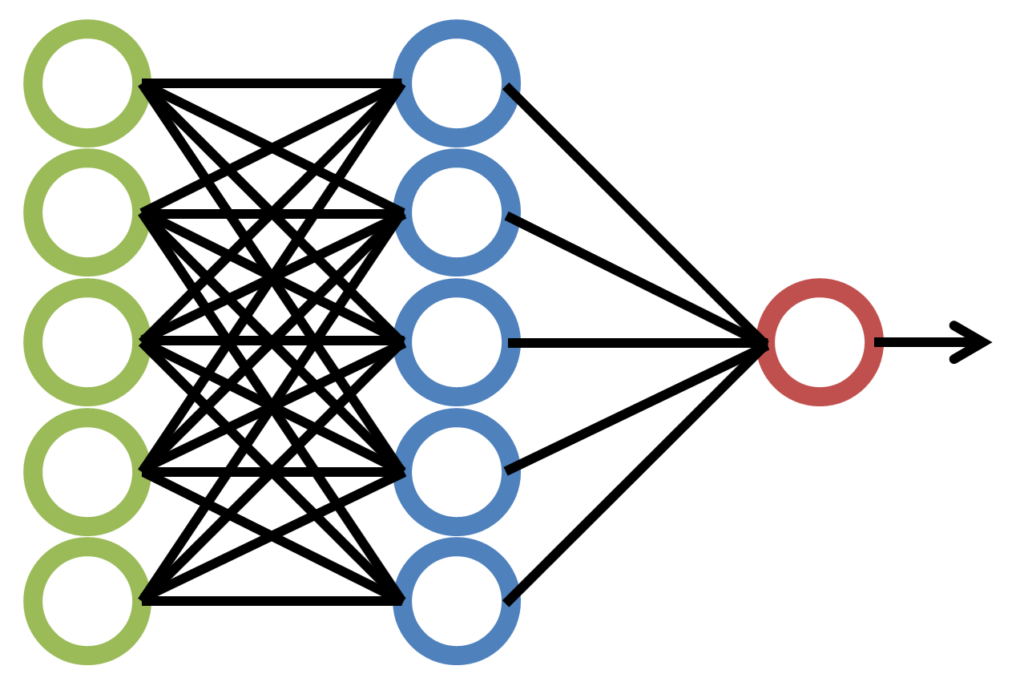Introduction to Machine Learning Algorithms
Machine learning algorithms are foundational to artificial intelligence, enabling computers to learn from data and make decisions without explicit programming. This article delves into three prominent algorithms—neural networks, decision trees, and support vector machines (SVMs)—highlighting their applications, strengths, and recent advancements.
Neural Networks: Mimicking Human Brain Functions

Deep Learning Revolution
Neural networks, inspired by the human brain’s neural structure, have revolutionized AI applications. Deep neural networks (DNNs) excel in tasks like image and speech recognition, natural language processing, and autonomous driving. Recent advancements include improved architectures like convolutional neural networks (CNNs) for image processing and transformers for language tasks.
Decision Trees: Intuitive and Transparent Decision-Making
Tree-Based Models
Decision trees are intuitive models that mimic human decision-making processes. They partition data into hierarchical structures based on feature values, making them interpretable and easy to visualize. Ensemble methods like random forests and gradient boosting enhance decision trees’ accuracy and robustness, powering applications in finance, healthcare, and marketing.
Support Vector Machines (SVMs): Effective in High-Dimensional Spaces

Maximum Margin Classifier
SVMs are powerful classifiers used in both binary and multi-class classification tasks. They find optimal hyperplanes that separate data points with maximum margin, enhancing generalization to unseen data. SVMs are popular in image classification, text categorization, and bioinformatics. Recent advancements focus on kernel methods and scalability for large datasets.
Latest Advancements and Trends
Explainable AI (XAI) in Decision Making
Recent trends in machine learning algorithms emphasize interpretability and transparency. Explainable AI (XAI) techniques enhance understanding of complex models, aiding stakeholders in trusting and deploying AI solutions responsibly. Techniques like SHAP (SHapley Additive exPlanations) and LIME (Local Interpretable Model-agnostic Explanations) provide insights into model predictions.
Conclusion
Machine learning algorithms like neural networks, decision trees, and SVMs represent the backbone of modern AI applications. As technology advances, these algorithms continue to evolve, driving innovation in diverse fields and shaping the future of artificial intelligence. Understanding their capabilities and applications is essential for leveraging AI’s potential in solving complex real-world problems.





